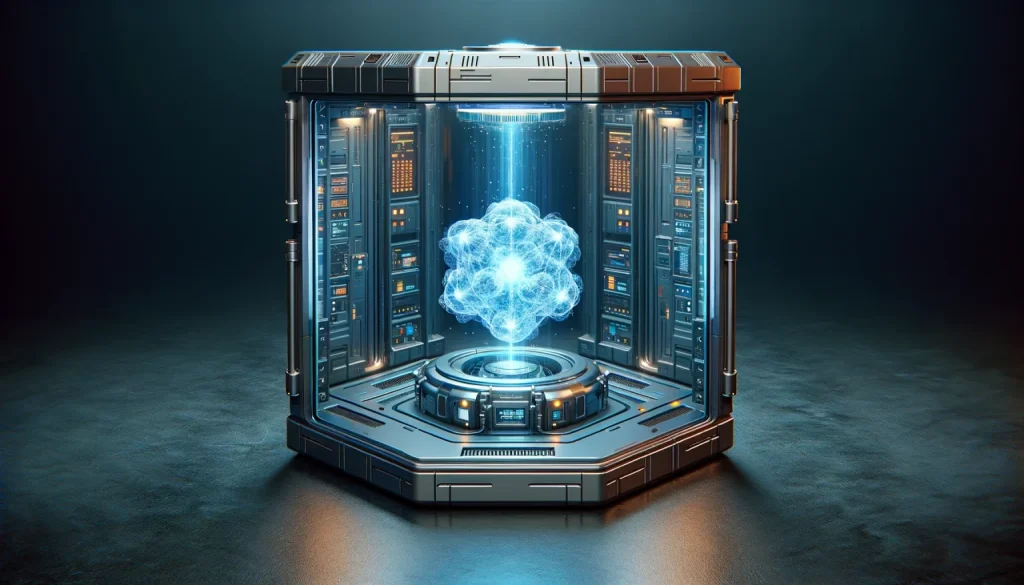Antimatter is emerging as a potential energy source that could unlock interstellar travel. Referred to as a “ticket to interstellar travel” by Elon Musk, the use of antimatter by engineers and physicists is being explored. But what is the cost of antimatter?
Can an Antimatter Engine Open the Door to Interstellar Travel?
This substance consists of particles that are electrically opposite to those of normal matter, and when antimatter comes into contact with normal matter, both annihilate, producing a vast amount of energy. When antimatter and matter annihilate, mass is directly converted into energy.

The amount of energy produced in this process presents significant potential for its use in space travel. For instance, one gram of antimatter could produce an explosion equivalent to a nuclear bomb. Such energy could transport humans to previously unreachable destinations at record speeds.
Why Aren’t Antimatter Engines Produced Yet?
The absence of antimatter engines is not due to technological limitations, but rather to cost. Gerald Jackson, an accelerator physicist who has worked on antimatter projects at Fermilab, says that with sufficient funding, a prototype antimatter spacecraft could be a reality within a decade.

The basic technology is available, provided the cost is covered, and physicists are producing antiprotons and antihydrogen atoms using the world’s most powerful particle accelerators.
The Cost of One Gram of Antimatter
Today’s cost of antimatter is approximately 62 trillion dollars. It takes about 100 billion years to produce 1 gram. Unquestionably, it’s considered the most expensive substance on Earth. Even if all the billionaires combined their wealth, they couldn’t afford 1 gram of antimatter.
Jackson, founder, president, and CEO of Hbar Technologies, is working on the concept of an “antimatter space sail” and suggests it could be used to travel to stars, planets, or moons.
Weed, CEO of Positron Dynamics, is working on positrons – the antimatter version of electrons. Positrons are thousands of times lighter than antiprotons and produce less energy when they annihilate. The advantage is that positrons occur naturally and don’t require a massive accelerator and billions of dollars.

The Current State of Antimatter Engines
Like all antimatter propulsion designs, these concepts have not yet been realized. For decades, scientists have proposed numerous different concepts, but none have materialized. For example, in 1953, Austrian physicist Eugen Sänger proposed a “photon rocket” that would use the energy of positron annihilation.
Since the 1980s, there has been talk of thermal antimatter engines that would use antimatter to heat liquid, gas, or plasma.
What impact do you think antimatter engines could have on space exploration and humanity’s presence in space? What engineering and scientific challenges need to be overcome for antimatter engines to become a reality? Feel free to share your thoughts below.














